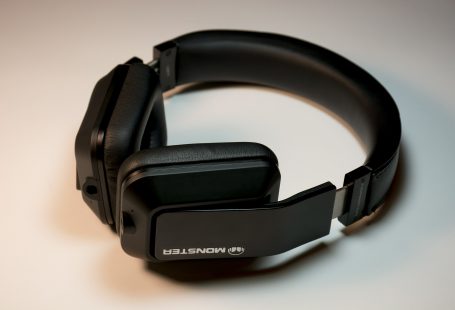Laptops are becoming increasingly popular for gaming, thanks to their portability and convenience. However, one major drawback of gaming laptops is their limited ability to be upgraded. Unlike desktop computers, which allow for easy graphics card upgrades, laptops are often seen as less flexible in this regard. But is it possible to upgrade your laptop graphics card for gaming? Let’s find out.
Understanding Laptop Graphics Cards
Before we dive into whether or not you can upgrade your laptop’s graphics card, it’s important to understand the basics of how laptop graphics cards work. Unlike desktop graphics cards, which are often separate components that can be easily swapped out, laptop graphics cards are usually integrated into the motherboard. This means that they cannot be easily replaced.
The Limitations of Upgrading Laptop Graphics Cards
Due to the integrated nature of laptop graphics cards, upgrading them is not as straightforward as it is with desktop computers. In most cases, the graphics card cannot be removed or replaced without replacing the entire motherboard. This can be a costly and time-consuming process, making it impractical for most laptop users.
Some laptops do come with external graphics card solutions, such as Thunderbolt 3 ports, which allow for the connection of an external graphics card enclosure. While this can technically allow for an upgrade to the graphics card, it requires additional hardware and can be quite expensive. It also adds bulk and reduces the portability of the laptop, which defeats the purpose for many gamers.
Alternatives to Upgrading Laptop Graphics Cards
If upgrading the graphics card in your laptop is not a viable option, there are still alternative solutions that can improve gaming performance. One option is to optimize your laptop’s settings and performance through software tweaks. This includes updating drivers, optimizing in-game settings, and closing unnecessary background processes. These small adjustments can often provide a noticeable improvement in gaming performance.
Another alternative is to invest in an external monitor with a higher refresh rate. While this won’t directly upgrade your laptop’s graphics card, it can enhance your gaming experience by providing a smoother and more responsive display. Additionally, using a cooling pad or external cooling solution can help prevent thermal throttling and improve overall gaming performance.
Considerations Before Purchasing a Gaming Laptop
If you are in the market for a new gaming laptop and are concerned about future upgrades, it’s important to carefully consider your options. Look for laptops that offer a dedicated graphics card, as these tend to provide better gaming performance than integrated graphics solutions. Additionally, check for laptops with Thunderbolt 3 ports, as these can potentially allow for external graphics card upgrades in the future.
Conclusion
While it may be possible to upgrade your laptop’s graphics card for gaming, it is often not a practical or cost-effective solution. The integrated nature of laptop graphics cards makes them difficult to replace without replacing the entire motherboard. However, there are alternative solutions available, such as optimizing software settings and investing in external monitors or cooling solutions. When purchasing a gaming laptop, it’s important to consider future upgrade options and choose a model that best suits your needs.




